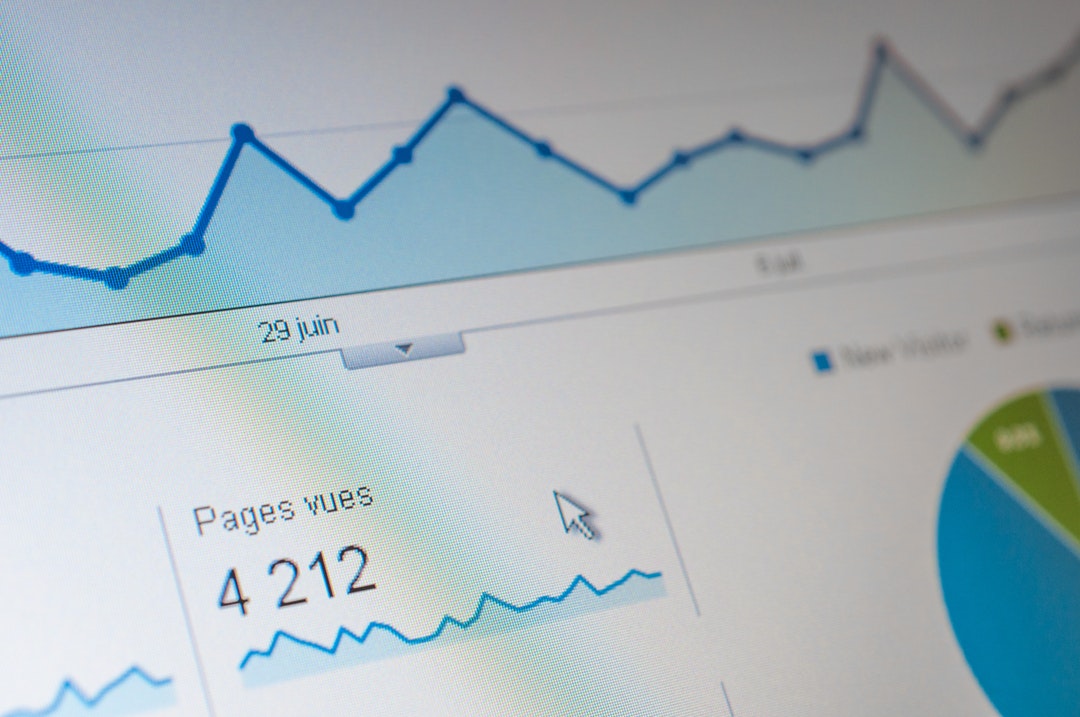There are more than 1.6 billion websites online in 2019.
And whilst many of these aren’t active, there are still millions of websites out there that will be competing with your own.
If your website doesn’t load as quickly as people have come to expect, then they’re unlikely to hang around. Users nowadays expect a site to load in less than two seconds.
If your website isn’t quite up to speed, then read on to learn nine great tips for fast web load times.
1. Reduce the Number of HTTP Requests
Whenever your web page loads, it sends a number of HTTP requests to the server.
There will be one requesting the page itself, one requesting the banner image, and so on. The server then returns the requested files to load on your website. The more of these HTTP requests you have, the longer your web page will take to load.
There are tools you can use that will tell you how many HTTP requests your web page is making. You can then take a look through them and see if there are any that you don’t really need.
2. Go Easy on the Plugins
Plugins are a great way to add functionality to your website without needing any coding skills.
But if you use too many, then they can seriously impact on your loading times. This is especially true if the plugins are long out of date. You may also find that over time you accumulate different plugins that do the same job.
Try to use only lightweight plugins that won’t slow down your site too much.
3. Optimize Images
One of the biggest causes of slow web pages is large image files.
You could remove all the images from your site. It would load super fast, but it would also be pretty boring. Instead, try optimizing your images to reduce the file sizes.
There are plenty of options for this. You can reduce the resolution, but this will mean lower-quality images. You can use compression to keep the quality but reduce the file size. Or you could try a more lightweight image format, such as WebP.
4. Make Use of Caching
Browser caching can make your website load a lot faster for return visitors.
The user’s browser will store local copies of static files, which means far fewer HTTP requests the next time they visit. Whilst this won’t be much use for new visitors to your site, if you’re expecting repeat visits then it will definitely be worth it in the long run.
Having a faster loading site isn’t just important for meeting user expectations. A slow site can also have a negative impact on your search engine optimization too.
5. Use Asynchronous Loading
Scripts such as your CSS and JavaScript can be loaded either synchronously or asynchronously.
Synchronous loading means that each script is loaded one after another. If one of your scripts takes a long time to load, the others won’t even start loading until that one is finished.
Asynchronous loading means some scripts can start loading before the others have finished. You should see faster load times if your page has a lot of scripts.
6. Minify your JavaScript and CSS
If asynchronous loading doesn’t really help, then you could try to reduce the size of the scripts themselves.
When writing CSS or JavaScript code, developers will use a lot of empty space to make the code easy to read and debug. They may also include notes in the code for the same reason. These notes and empty spaces don’t actually make any difference to how the code works.
Minifying is the process of taking out all the extra spaces and unnecessary notes, which reduces the length of the script, and dramatically reduces its file size. In fact, it can shrink them by as much as 60%. Smaller files mean much faster load times.
7. Use External Hosting
If you’re using video content on your site, this can seriously slow things up.
But you don’t need to host that video content yourself. Instead upload it to an external site, such as Vimeo or YouTube. You can then embed a link to the content on those sites, and let their servers do all the heavy lifting.
Remember that YouTube has a 15-minute minute limit if your account isn’t verified, so if your content is longer than you’ll need to consider a different option.
8. Try a Content Delivery Network
Your website instantly gives you access to the entire globe.
But if your server is in the North Pole and your visitor lives in the South Pole, then the files that make up your web page have a long way to travel. Content delivery networks, or CDNs, allow you to store copies of your site on different servers around the world.
When someone visits your site, the CDN determines which copy is closest to their location and loads the files from there. Less distance means faster loading times.
9. Review Your Hosting
Some things that can slow your website down are beyond your control.
If you signed up for cheap, shared hosting, then you’re unlikely to have a website that runs super quickly. Try upgrading your plan so that you get dedicated resources and more bandwidth. Then you’ll no longer be sharing your server and resources with a number of other resource-hungry websites
You should see a significant improvement in your loading speeds.
Looking for More Tips for Super Fast Web Pages?
If you’re looking for more tips for creating a great super fast web presence then we’re here to help.
We have a ton of great content on the vital topic of website uptime, as well as covering everything from website tips and tricks to search engine optimization. If you have a website, then we’re sure you’ll find plenty of useful information right here.
Feel free to take a good look around.




